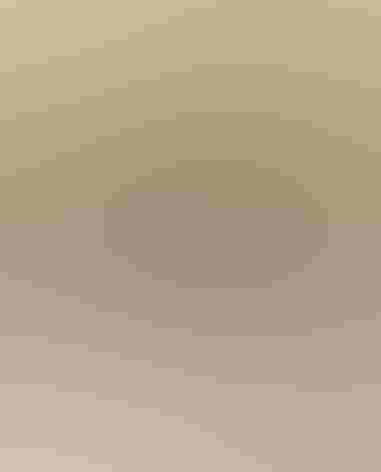Black-headed Grosbeak
At a Glance
In foothills and riverside woods of the West, this species is often very common as a nesting bird. In mid-summer, the oak woodlands often resound with the insistent whining whistle of young Black-headed Grosbeaks begging for food. This is among few birds able to eat Monarch butterflies, despite the noxious chemicals those insects contain from eating milkweeds in the larval stage; in Mexico in winter, the grosbeaks eat large numbers of Monarchs.
All bird guide text and rangemaps adapted from Lives of North American Birds by Kenn Kaufman© 1996, used by permission of Houghton Mifflin Harcourt Publishing Company. All rights reserved.
Category
Cardinals, Perching Birds
IUCN Status
Least Concern
Habitat
Arroyos and Canyons, Desert and Arid Habitats, Forests and Woodlands, High Mountains, Shrublands, Savannas, and Thickets
Region
California, Florida, Mid Atlantic, New England, Northwest, Plains, Rocky Mountains, Southeast, Southwest, Texas, Western Canada
Behavior
Rapid Wingbeats, Undulating
Population
15.000.000
Range & Identification
Migration & Range Maps
Tends to migrate late in spring and early in fall. Some birds begin to appear away from nesting areas as early as mid-July. Strays rarely reach Atlantic Coast, generally in late fall or winter.
Description
7 1/2" (19 cm). Male dull orange-brown with black head, black and white wings. Female and young like those of Rose-breasted Grosbeak, but tinged more orange below, with less streaking; bill is often darker.
Size
About the size of a Robin, About the size of a Sparrow
Color
Black, Brown, Orange, Tan, White
Wing Shape
Rounded
Tail Shape
Notched, Rounded, Square-tipped
Songs and Calls
Rich warble similar to that of a robin but softer, sweeter, and faster. Call note an emphatic, sharp tick, slightly metallic in tone.
Call Pattern
Falling, Rising, Undulating
Call Type
Chirp/Chip, Flute, Rattle, Whistle
Habitat
Deciduous and mixed woods. Breeds mainly in oak woodland, streamside groves of cottonwood and willow, pine-oak woods in mountains, pinyon-juniper woodland; seldom in purely coniferous forest. In migration, occurs in any kind of open woods, streamside trees, suburbs, mesquite groves, desert washes. Winters in open woods and brush of the tropics, from lowlands to mountains.
Sign up for Audubon's newsletter to learn more about birds like the Black-headed Grosbeak
Behavior
Eggs
3-4, sometimes 2-5. Pale greenish blue, spotted with reddish brown. Incubation is by both parents, 12-14 days; only female incubates at night.
Young
Both parents feed the nestlings. Young climb out of nest after about 11-12 days, but are unable to fly for about 2 more weeks; they remain in nearby trees waiting to be fed. Probably 1 brood per year.
Feeding Behavior
Forages mostly in shrubs and trees, searching for food among foliage. Also may forage on ground and in low growth. Sometimes hovers to take insects from foliage, or catches them in mid-air.
Diet
Mostly insects, seeds, and berries. In summer feeds on many insects, including beetles, caterpillars, wasps, bees, flies, and many others, also spiders and snails. Feeds on seeds of various weeds, and eats berries of many plants (including mistletoe and poison oak) as well as some cultivated fruit. Young are fed mostly insects at first.
Nesting
Male sings to defend nesting territory. In courtship, male performs song flights above female, flying with wings and tail fully spread while singing almost continuously. Nest: Placed in tree or large shrub (usually deciduous), 3-25' above the ground, usually about 10-12' up. Nest (built mostly or entirely by female) is an open cup, loosely constructed and bulky, made of twigs, weeds, rootlets, pine needles, lined with fine plant fibers, rootlets, and animal hair.
Conservation
Conservation Status
Widespread and common, numbers apparently stable.
Climate Threats Facing the Black-headed Grosbeak
Choose a temperature scenario below to see which threats will affect this species as warming increases. The same climate change-driven threats that put birds at risk will affect other wildlife and people, too.








